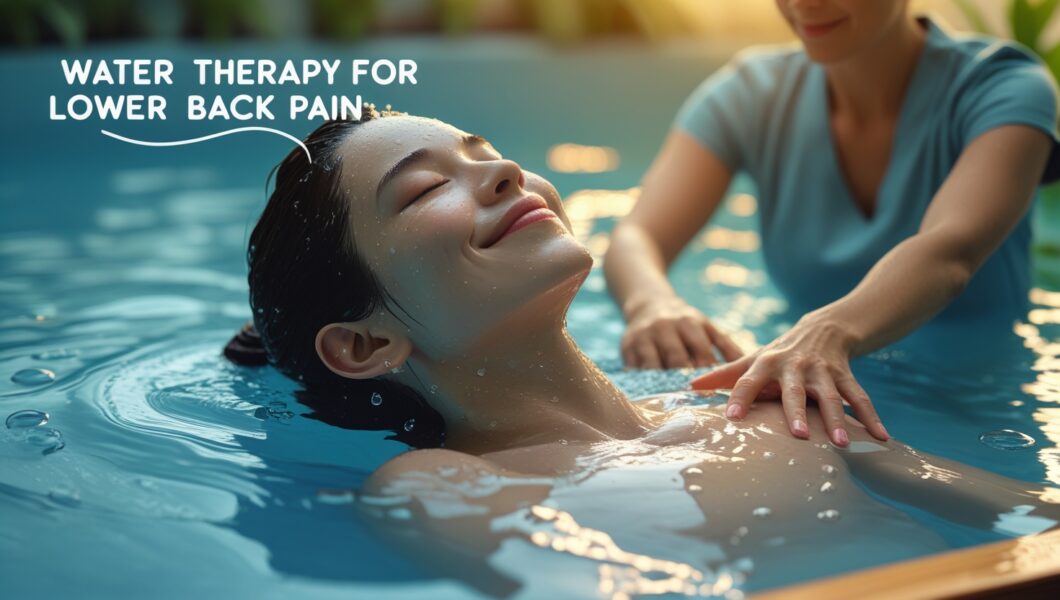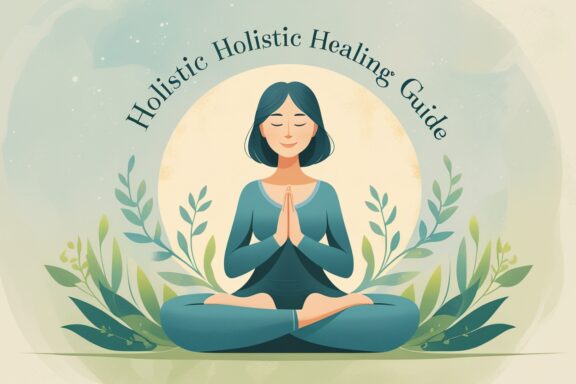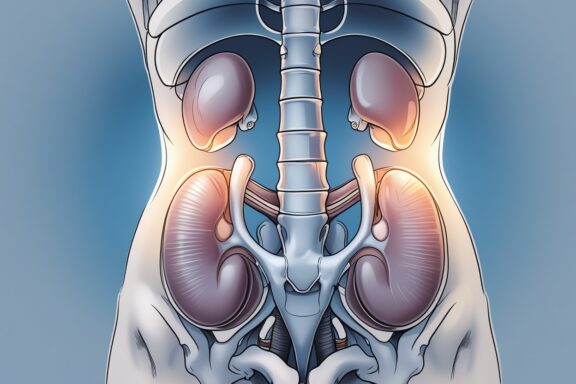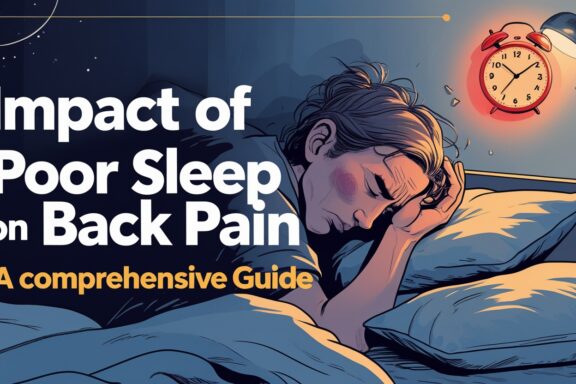Lower back pain is a common condition that can have a negative effect on a person’s quality of life by restricting their mobility and making them uncomfortable. To reduce symptoms and encourage healing, finding lower back pain treatment methods that work is essential. Water therapy, commonly referred to as aquatic therapy or hydrotherapy, is one potential treatment approach that has attracted interest. Therapeutic exercises and other activities are performed in a pool or other water-based setting as part of water therapy. This article examines the underlying mechanics and advantages of water therapy as it relates to treating lower back pain. Lower back pain sufferers should choose wisely whether to include water therapy in their pain treatment and rehabilitation plans by being familiar with the ideas and methods of the modality.
Frequent causes of lower back pain
The term “lower back pain” describes discomfort or pain in the lumbar region, which is the bottom section of the spine. It is a widespread illness that significantly affects both young and old people. From mild to severe, the pain can be either acute (short-lived) or chronic (lasting longer than three months).
Lower back discomfort can be caused by a number of things, such as:
1.Lower back pain can result from muscle imbalances, such as weak abdominal muscles or tight hip flexors, which support the spine. Strain and discomfort can result from these abnormalities because they might alter the spine’s normal alignment and motion.
2.spinal alignment, such as a lordotic or kyphotic curve that is too great, can cause lower back pain. Lower back muscles can become sore from having poor posture, which includes slouching or having the spine curve excessively while standing or sitting.
3.Some inflammatory illnesses, including fibromyalgia, ankylosing spondylitis, and rheumatoid arthritis, can lead to chronic inflammation and pain in the lower back.
4.Kidney stones can cause excruciating lower back pain when they move through the urinary canal. It usually only affects one side of the back, and additional symptoms like bladder urgency or blood in the urine could also be present.
5.Conditions such spinal osteomyelitis or discitis, which affect the spine or surrounding structures, might result in lower back discomfort. Other symptoms like fever, edoema, or redness in the afflicted area are frequently present with these diseases.
6.Lower back discomfort may result from tumours, which are uncommon but can develop in the spine or close-by organs.
These growths could be malignant (cancerous) or benign (non-cancerous).
The Effects of Water Therapy on Lower Back Pain
Enhanced Balance and Stability:
The continually shifting forces of the water present a challenge to balance and proprioception during water therapy activities. This puts pressure on the body’s muscles and stability-maintaining abilities, which can be very helpful for people with lower back discomfort. Water treatment increases general movement coordination while reducing the chance of falls and injuries by boosting balance and stability.
Increased Range of Motion:
Exercises can be performed with a greater range of motion thanks to the buoyancy of water, which lessens the effects of gravity. This can be especially helpful for people with lower back discomfort who might have stiffness or limited mobility. With the use of mild stretching and exercises, water therapy can help the lower back’s flexibility and joint mobility, which will improve overall function.
Benefits for Relaxation and Psychological Health:
Water therapy has psychological advantages that may help with pain management and general wellbeing. People may unwind physically and mentally thanks to the calming effects of water, which also helps to relieve stress and anxiety. A sense of calm and a reprieve from the ongoing discomfort of lower back pain can be experienced during water therapy sessions, which can enhance mood and mental health generally.
Progressive development and flexibility:
Water treatment enables progressive development and flexibility to a person’s requirements and capabilities. By changing the movement’s depth, speed, or intensity, it is simple to modify the resistance and degree of difficulty. This enables a personalized approach to rehabilitation, guaranteeing that people can progressively increase their strength, endurance, and flexibility without taxing their bodies excessively or causing them more discomfort.
Environment for Therapeutic Water Therapy:
Water therapy is conducted in a safe and supportive setting. The benefits are maximized and the danger of harm is reduced when a qualified therapist or healthcare provider is present to ensure adequate supervision, direction, and technique correction. People are encouraged to participate in exercises and motions they might be reluctant to try on land since the therapeutic environment promotes a sense of ease and confidence.
Techniques and Strategies for Lower Back Pain in Water Therapy
Aquatic traction:
This technique gently decompresses the spine and releases pressure on the lower back by using the buoyancy and resistance of water. People can experience traction-like effects that lessen compression on the spinal discs and nerves by doing particular movements or exercises while hung in water.
Ai Chi Twists:
Based on the principles of ai chi, ai chi twists emphasize the spine’s gradual rotation. These exercises assist in enhancing flexibility, reducing lower back muscular stress, and increasing spinal mobility.
Water-based Stretching Devices:
Specialized water-based stretching equipment, like flotation mats or aquatic slings, can be utilized to support the body and offer extra aid during stretching activities. With controlled and supported movements, these apparatuses assist users in achieving deeper stretches and focusing on particular lower back areas.
Deep Water Running:
Deep water running entails using a buoyancy belt while jogging or running in the pool’s deep end. This low-impact aerobic activity builds muscle, enhances cardiovascular health, and helps increase overall endurance without straining the lower back.
Sensory Stimulation:
To improve the therapeutic experience, water therapy can also include sensory stimulation techniques. To engage the senses and encourage relaxation, pain relief, and general well-being, this may involve the use of water jets, temperature changes in the water, or underwater music.
Conclusion
In summary, water treatment offers a distinctive and successful method for treating lower back pain. For those looking for relief from lower back pain and attempting to regain functionality and quality of life, water therapy is a potential option because of its gentle yet effective nature. People can find respite, strengthen their bodies, and start down a path to better health and long-term pain management by utilizing the therapeutic powers of water.






